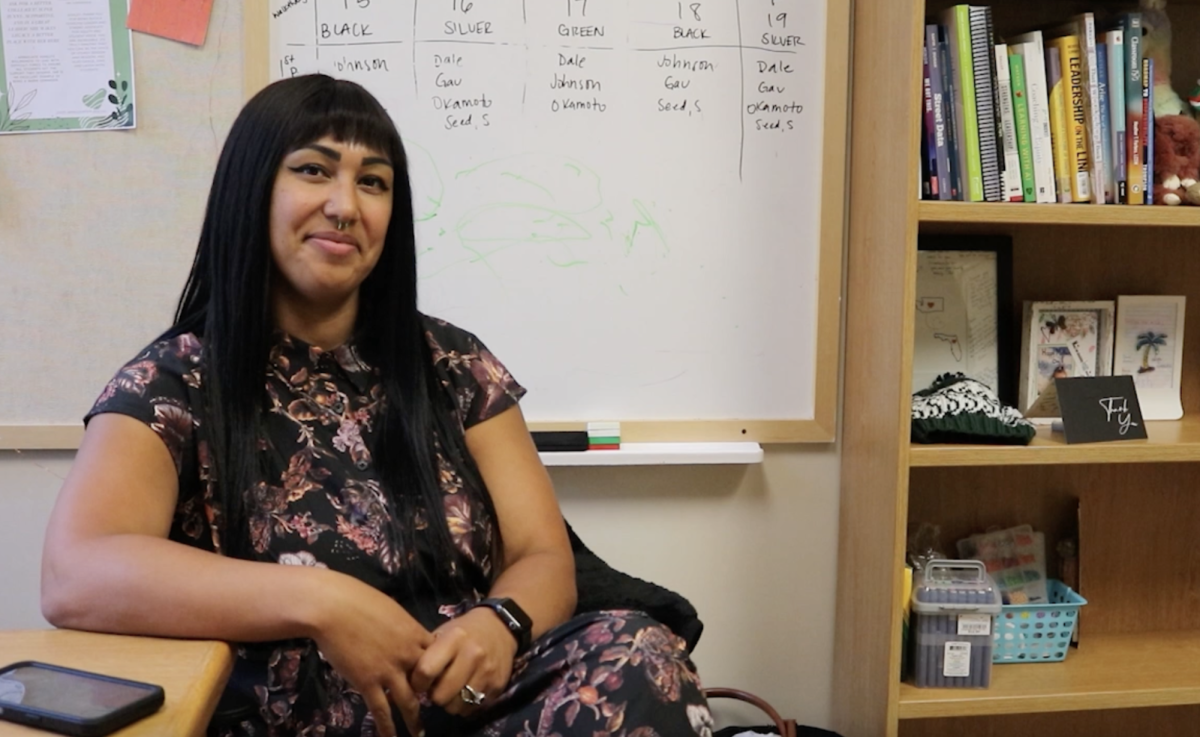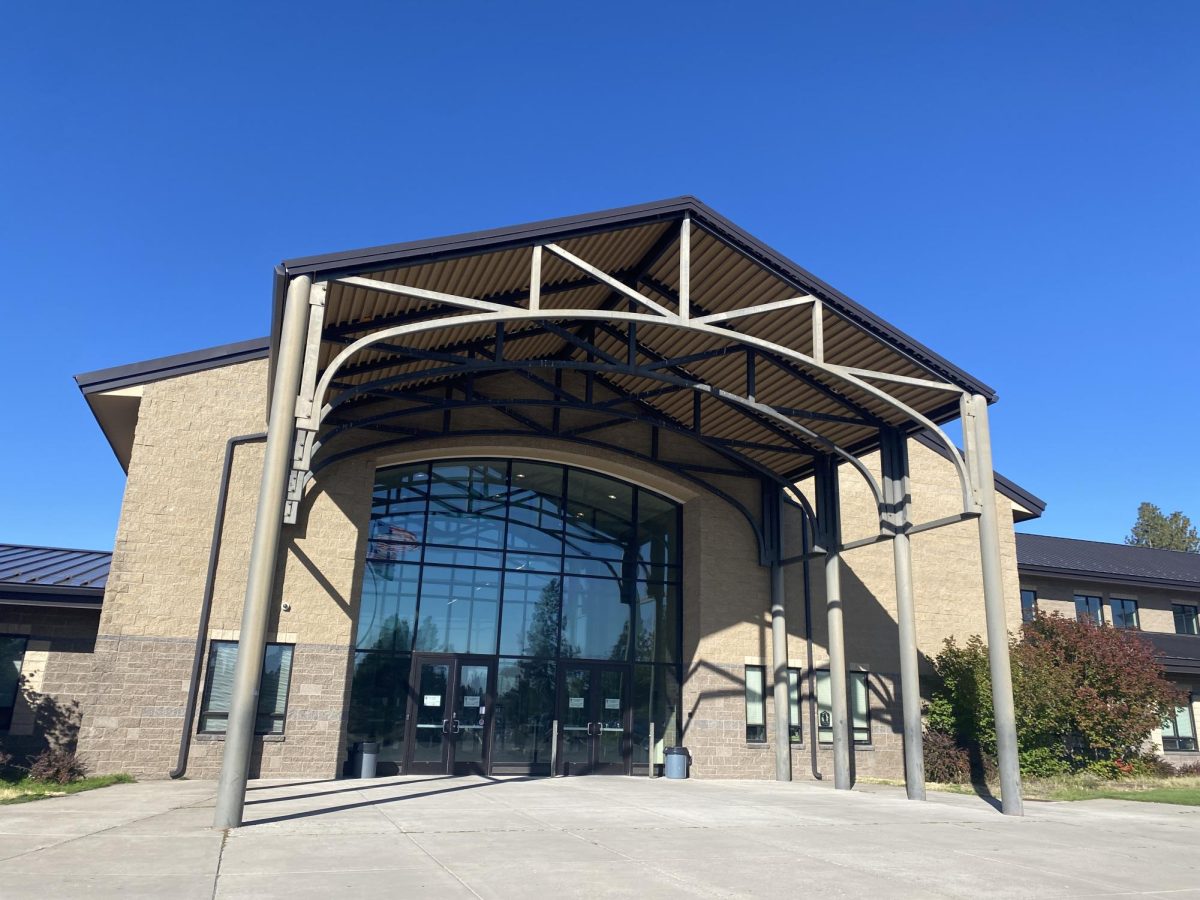Late on Sept. 8, an earthquake struck the North African country of Morocco, shocking the residents and leaving the area in ruins. The Marrakesh earthquake, which occurred along the Azores-Gibraltar Transform Fault with a magnitude of 6.8, has caused at least 2,900 deaths and extensive damage.
However, this story is more than just a tragedy—it is a wake-up call for the Pacific Northwest, which is overdue for its own devastating earthquake, Cascadia. The two earthquakes share various similarities and differences. One major similarity is the lack of preparedness. In Morocco, most of the damage occurred in rural areas where buildings were not constructed to withstand an earthquake. Many older buildings in the Pacific Northwest have this same problem, as Oregon’s statewide building code wasn’t enacted until 1974.
Cascadia and the Marrakesh earthquake also share a concerning difference—the Cascadia Subduction Zone is capable of a 9.0 magnitude earthquake, compared to Morocco’s 6.8. With such a powerful quake, the damages will be widespread.
“It’s terrifying,” said Summit science teacher Lisa Lamb.
As larger retrofitting and preparation efforts grind on, it is important that Bend residents find smaller ways to prepare themselves, like starting a survival kit and establishing a family earthquake plan.
“It isn’t just in the Willamette Valley or the coast,” said Dr. Daniele McKay, a Professor of Earth Sciences at the University of Oregon. “It’s in Central Oregon as well.” For now, the problem is halfway across the world, but in reality, it’s much closer to home than we think.

































